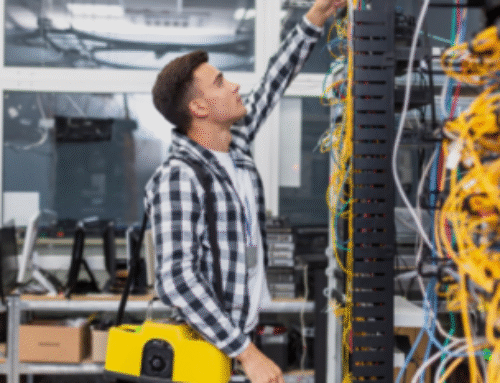
Future of 5G: Revolutionizing Network Speeds and Connectivity
Future of 5G: Revolutionizing Network Speeds and Connectivity
The future of 5G technology promises to revolutionize network speeds and connectivity, fundamentally transforming how we interact with the digital world. As the fifth generation of wireless technology, 5G offers unprecedented speed, low latency, and the ability to connect a vast number of devices simultaneously. Here’s an exploration of how 5G will shape the future of network connectivity:
1. Revolutionizing Network Speeds
- Ultra-Fast Data Transfer: 5G is expected to deliver data transfer speeds up to 100 times faster than 4G, reaching speeds of up to 10 Gbps. This will enable rapid downloads and seamless streaming of high-definition content, including 4K and even 8K videos.
- Reduced Latency: 5G technology promises ultra-low latency, potentially as low as 1 millisecond. This will enable real-time interactions and is crucial for applications such as online gaming, virtual reality (VR), and augmented reality (AR), where immediate response times are essential.
- Enhanced Capacity: With its ability to utilize higher frequency bands and more advanced antenna technology, 5G can support a much larger number of connected devices per square kilometer. This is particularly important in densely populated urban areas or large events.
2. Transforming Connectivity and IoT
- Internet of Things (IoT) Expansion: 5G will be a major driver in the expansion of IoT. Its high capacity and low latency will support billions of connected devices, from smart home appliances to industrial machines, enabling seamless communication and data exchange across a vast array of devices.
- Smart Cities: With 5G, smart city infrastructure will become more efficient. Real-time data from traffic lights, surveillance cameras, public transportation, and utility systems can be processed instantly, optimizing urban management and improving residents’ quality of life.
- Connected Vehicles: 5G is set to revolutionize the automotive industry by enabling connected and autonomous vehicles. The low latency and high-speed communication will allow vehicles to communicate with each other (V2V) and with infrastructure (V2I), improving road safety and traffic efficiency.
3. Enabling New Technologies and Applications
- Augmented and Virtual Reality (AR/VR): The enhanced capabilities of 5G will make AR and VR more accessible and practical for both entertainment and professional use cases, such as remote training, virtual meetings, and immersive learning environments.
- Remote Healthcare: 5G will facilitate advancements in telemedicine, allowing for high-quality video consultations, remote surgery using robotic tools, and real-time monitoring of patient vitals from a distance, improving healthcare accessibility and outcomes.
- Industry 4.0: In manufacturing, 5G will support the next wave of industrial automation and smart factories. Robots, sensors, and machines will communicate more efficiently, leading to greater precision, reduced downtime, and enhanced production processes.
4. Improving Network Reliability and Security
- Network Slicing: 5G allows for network slicing, where the network is divided into multiple virtual networks, each optimized for a specific application or service. This enhances reliability by ensuring that different types of services (like emergency communications vs. streaming video) receive appropriate resources.
- Enhanced Security: With more connected devices and increased data flow, 5G networks will incorporate advanced security measures, including AI-driven threat detection and automated responses to potential breaches, ensuring a safer environment for data transmission.
5. Economic and Social Impact
- Driving Economic Growth: The deployment of 5G is expected to have a significant economic impact, contributing trillions of dollars to the global economy by enabling new business models, services, and innovations across various sectors such as healthcare, automotive, manufacturing, and entertainment.
- Bridging the Digital Divide: 5G has the potential to provide high-speed internet access to underserved and rural areas, helping to bridge the digital divide and ensure more equitable access to digital resources and services.
6. Challenges and Considerations
- Infrastructure Investment: The rollout of 5G requires significant investment in new infrastructure, including small cells, fiber optics, and advanced antennas, which can be costly and time-consuming.
- Spectrum Allocation: Efficient use of the radio spectrum is critical for the successful implementation of 5G. Governments and regulators need to ensure that adequate spectrum is available and allocated efficiently to support 5G services.
- Privacy and Security Concerns: With increased connectivity comes greater vulnerability to cyber threats. Protecting user data and maintaining privacy will be paramount in the 5G era.
Conclusion
The future of 5G is set to revolutionize network speeds and connectivity, enabling a host of new technologies and applications that will transform industries, enhance the quality of life, and drive economic growth. While there are challenges to overcome, the potential benefits of 5G are vast, making it a pivotal force in shaping the future of digital communication and connectivity.




